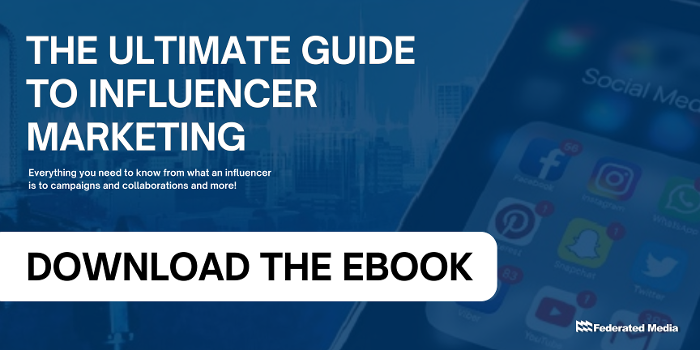The way consumers make purchases has changed drastically over the years.
Instead of simply going to the local brick-and-mortar store and making a purchasing decision on the spot, more people use the internet and mobile apps to research products before making a purchase. They also have the ability to shop online at any time of day and have items delivered to their home if they don’t want to visit a store. Businesses large and small need to adapt to the new consumer journey if they want to stand out.
One of the best ways to help move new customers through the consumer journey is by collecting and using first-party data — or any information about your consumers, including purchase habits and preferences. Let’s discuss how you can use this information throughout the consumer journey.
What Is The Consumer Journey?
The consumer journey is the path everyone takes when they realize or have decided they are in need of something. It is the process of learning about the products and services that they are in the market for. The consumer journey is made up of five steps:
- Awareness (the consumer becomes aware they have a need)
- Research (the consumer begins researching products and services)
- Consideration (the consumer considers their options)
- Conversion (the consumer makes a purchase)
- Repurchase (the consumer becomes a repeat customer and/or tells others about their good experience)
How To Move People
If you have detailed first-party data, you can understand your target audience and create a more specific marketing campaign that will resonate with them through each stage of the consumer journey.
As consumers become aware that they have a need for a product or service, you want to make sure they’re aware of your business too. Look at your first-party data collectively to see if there are recurring purchasing patterns. For example, see if there are times of the year when certain products or services are most popular (or least popular). Make sure your marketing messages — especially your broad messaging that reaches a wide audience — are focusing on those products and services when consumers are most likely to be in need of them.
As consumers enter the research stage, your website and social media become incredibly valuable resources. Providing helpful information through blogs and quality social media posts builds trust with your audience. You can increase this trust — and gather even more first-party data — by running a contest.
For example, if your business is a home improvement store, you may run a giveaway for a gift card to your store or other item only homeowners would want. As part of the registration form, you can ask entrants if they’re planning any home improvement projects and when they want those projects completed. Using that information, you could create a list of people interested in new flooring and send them an email about your latest flooring sale as well as a blog about durable flooring options. You could create a separate list of people interested in a bathroom remodel and send them an email containing a coupon for new bathroom counters.
The beauty of first-party data is that you can create a custom experience based on each consumer’s individual needs. You have a very small window to capture people’s attention. By creating a message or other content that addresses their pain points and needs, you have a better chance of standing out and helping them move through the consumer journey with your business.
Once they have finished their research, they will move on to the consideration stage. By helping them be more educated and providing a personalized experience, they will feel more comfortable and confident in their decision to buy from your business.
During the conversion stage, you can use first-party data to ensure that your new customer has a great experience. Once the sale is complete, if the consumer had a great experience, they are more likely to come back to your business — or even recommend that a friend makes a purchase from your business too.
Using first-party data helps you create a detailed customer profile from beginning to end, so you can create a great, custom experience for each consumer journey.
The Digital Experience
Most businesses and organizations are prioritizing the digital experience with the goal of collecting better first-party data. This is because first-party data not only helps you know your consumers better, but you can also use it to identify trends and opportunities for growth with your products or services. You can also tailor your content and messages to help your consumers when new pain points or needs arise. Establishing your business as a reputable and helpful expert encourages loyalty and repurchase.
First-party data is incredibly valuable in moving consumers through the consumer journey and should be incorporated into your overall marketing strategy. Learn how to use first-party data in your digital marketing strategy in the full blog from our in-house digital agency, Federated Digital Solutions.

